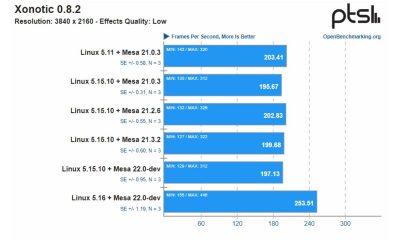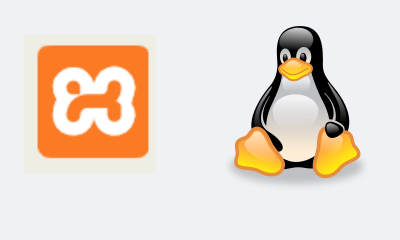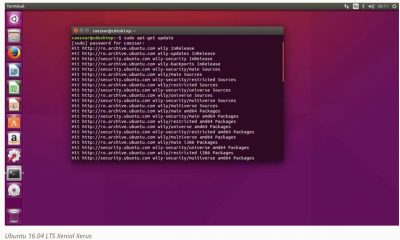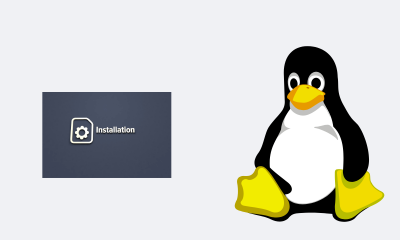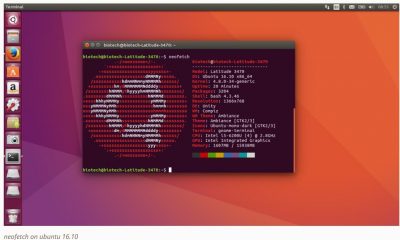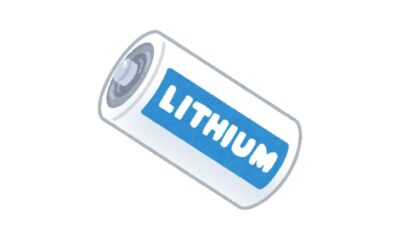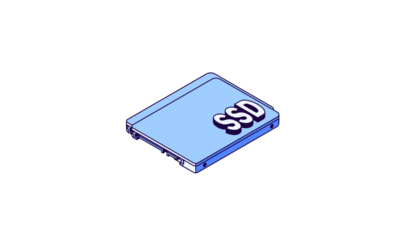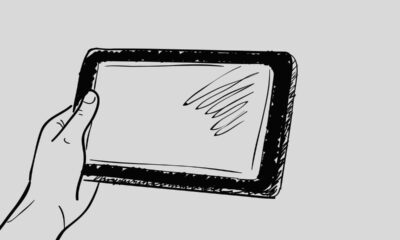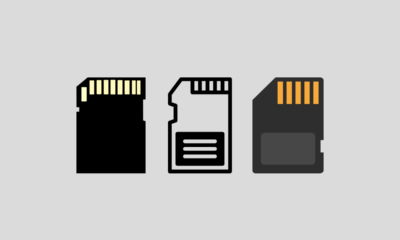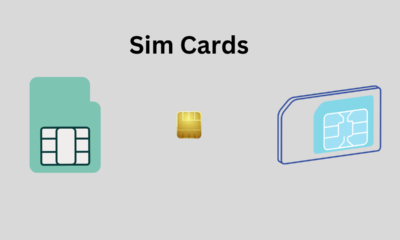Linux
How to Make Your Own Server Using Linux
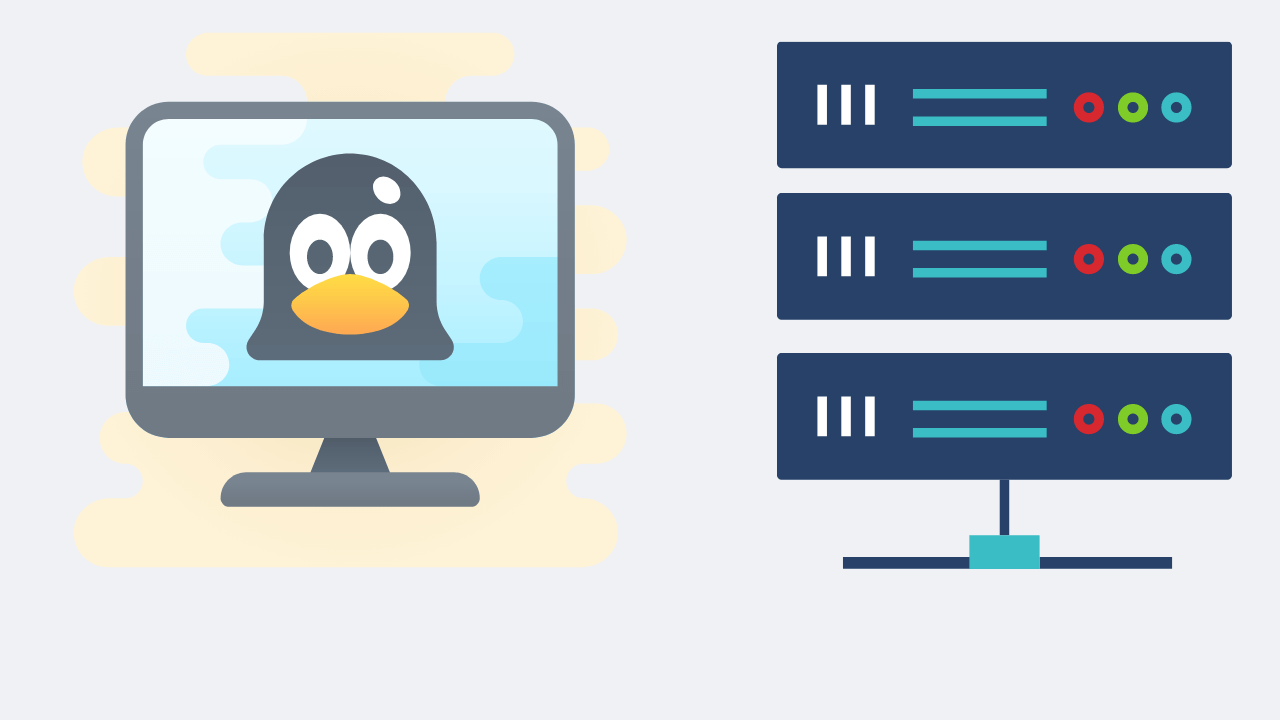
Building a server using Linux must be adjusted to your needs, for example, you want to create a database server, active directory, web server, proxy, FTP server, cloud data, monitoring server, and so on. So in this article, I will break it down into several Linux server topics so you can read and follow them without having to sequentially.
SKILLS REQUIRED
Of course, you must already be able to operate the Linux operating system because this section is for intermediate users so you must also be familiar with Linux commands besides that you must already understand the network settings on the router because this will be interrelated when you build a server.
Intention to learn is the most important thing and this article will guide you to become a reliable human resource in the Linux server field.
EQUIPMENT
For those of you who want to learn to build servers using Linux, you can prepare the tools you need:
- Physical Server or Virtual Private Server
- For a cheap router, I suggest you use a Mikrotik router.
- It’s much easier if you already have your own lab network.
COST OF CREATING A LINUX SERVER
Of course, there must be a cost that you have to invest to make a Linux server especially if you want to make an actual server and these costs include purchasing:
- Server Computer
- Server Operating System
- Server / Data Center Storage Locations
- Server Rack
- Monthly electricity costs due to 24 hours live server
- Virtualization if you want to use virtualization
WANT TO LEARN TO BUILD A CHEAP LINUX SERVER? VPS IS THE ANSWER
Because the costs required to make their own servers are very expensive, IT companies took the initiative to make large servers and break them into servers with smaller resources (logically using virtualization/hypervisor) to be rented out to people who need servers at very low prices so that all people can have a server on the internet. The server that is rented is a virtual server or better known as a VPS (Virtual Private Server). You can use a Virtual Private Server or often called a VPS to reduce server costs.
WHAT IS A VPS?
A virtual server means that this server is not in physical form but is virtual by utilizing Hypervisor technology to split/split physical server resources into several virtual servers (Virtual Machines) with smaller specs (Virtual Hardware).
In 1 physical server with large resources/specs, it can be split into several virtual servers with smaller specs that have the same functions and features as normal physical computers, as illustrated below
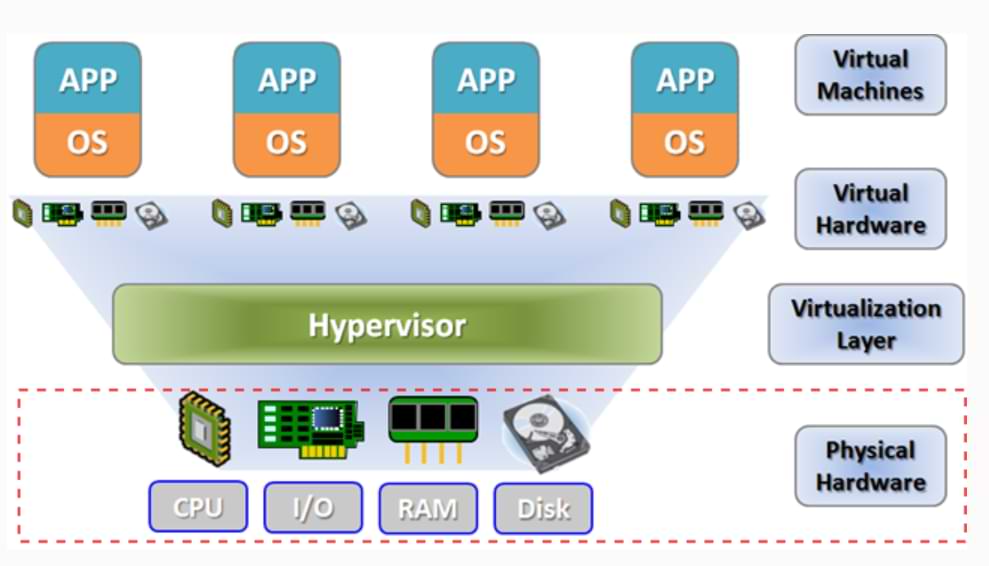
With $7 -$14 you can already rent and have a VPS server which you can later install Linux and use as a Linux server.
You can also use a computer with good specifications in the campus lab, office, or at home to be used as a medium for learning to make Linux servers.
DATA CENTER
Servers are generally stored in a facility/place called a Data Center, inside the data center is equipped with stable electricity that never dies, an air conditioning or air conditioning system, and a stable internet network because the server must be accessible 24 hours non-stop. and can’t die.
The data center provides physical server rental and rack space rental services that are very much needed by companies that want to create backup servers (disaster recovery), colocation, or even main servers. data center with guaranteed safe and comfortable facilities :D.
The amount of the rental fee depends on the services provided by the data center manager such as public IP, internet speed, electricity, server manager licenses, etc. which will be used by the server you have.
If you have a physical computer in the data center (either rented or own), you can install the hypervisor on the physical server and make it a VPS and you can sell it ^_^.
LINUX SERVER OPERATING SYSTEM
Linux distributions have provided a special Linux version for the server, when you download the Linux ISO file there will be a choice of versions for Desktop / Workstation or Server, you can choose to download the server version.
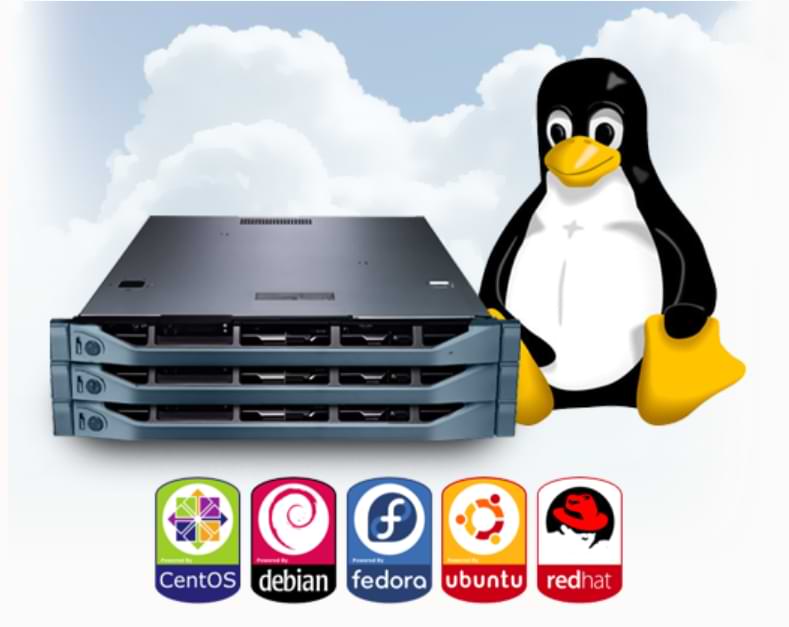
ENTERPRISE
The Enterprise Operating System means the paid version of the Linux server and currently, the most widely used is Linux from the RedHat and Suse companies. Linux Enterprise has long support for the operating system and has IT consulting partners to solve technical solutions.
So you need to set aside a budget in IT to buy an enterprise Linux operating system but it’s all worth the cost and service you will get.
COMMUNITY
This operating system means that it is open source and free to download and use, the difference with the enterprise version is that it is clear that this version does not have long support for the operating system and does not have a special consulting partner to address technical solutions. So everything is done jointly by you from installation, maintenance, and upgrades.
In this discussion of learning the Linux servers, we will use the community version of the Linux server (Community Edition) as the operating system. Creating your own server with Linux is easy and I will teach you all the processes in detail.
LINUX INSTALLATION FOR SERVER
The way and process of installing the Linux operating system depend on the type of server you are using (VPS or physical computer), so I will describe the installation process according to your needs, so choose one of the installation processes according to your needs.
VPS INSTALLATION
SERVER INSTALLATION
VIRTUALIZATION INSTALLATION
- Creating Server Virtualization
- OpenStack Cloud
Linux Proxy Server
Creating a Proxy Server Using SQUID
Linux Server Monitoring
- Monitoring network with NAGIOS
- Monitoring devices with CACTI
Linux Web Server
- Creating a Webserver using Apache
- create a webserver using NGINX
Linux Database Server
- Creating Database Server using MySQL Database
- Creating Database Server using PostgreSQL Database
Creating a Linux Data Cloud Server
- Creating a File Server with SAMBA
- Create cloud data like google drive using OwnCloud
- Creating FTP Server
Creating a VOIP Server
- VOIP server using Elastix
Creating a Linux Mail Server
- Creating a Mail Server using Zimbra
DNS Servers on Linux
- Manage DNS using BIND
Closing
Linux
2 Easy Ways to Format Flashdisk on Ubuntu Linux, which method do you choose?
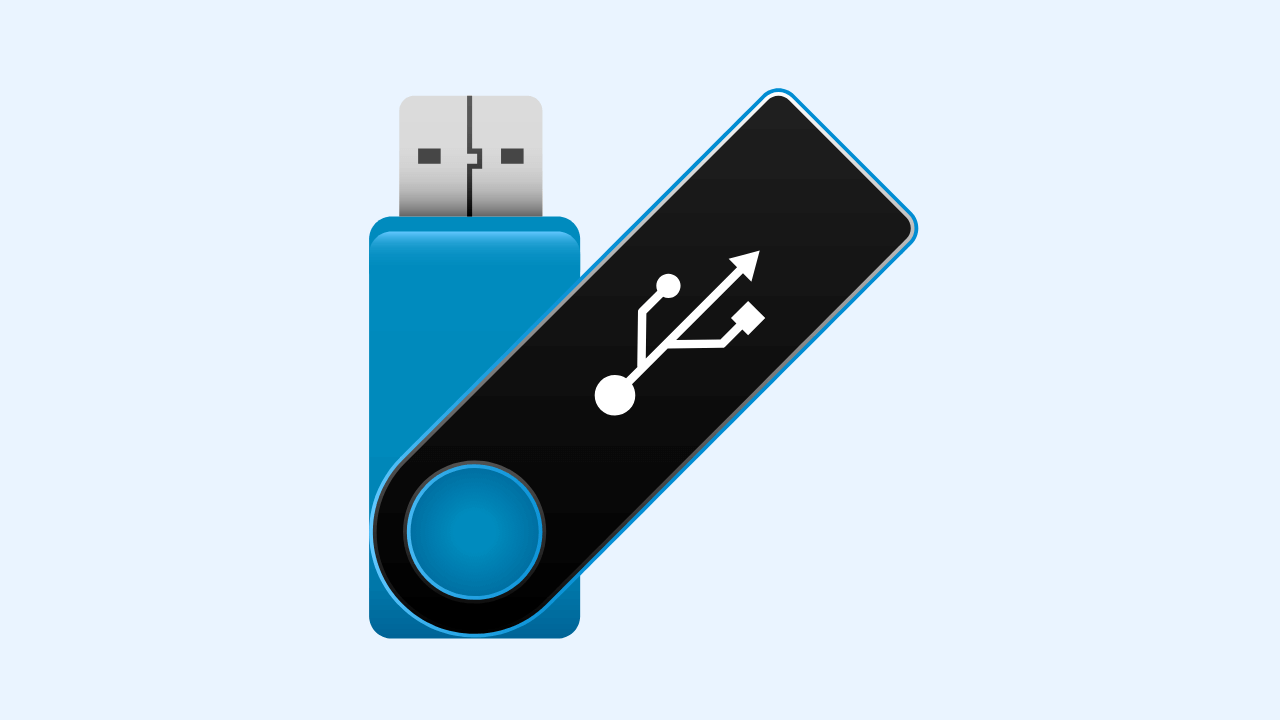
Flash format is an activity that aims to empty the files stored in it. This method is done for various reasons, such as wanting to copy new files, removing viruses, and others.
Flash format in Linux is not much different from the flash format in Windows, and it’s just that there are various ways of formatting that you can do. Depending on your understanding of which one is easy, you can use your method.
In this discussion, I will use two of the most common and easy-to-use ways to format a flash drive on Linux, namely how to format a flash drive manually and via the Terminal. The Type of Linux that I use here is the desktop version of Ubuntu 16.04.
How to Format Flashdisk on Linux Ubuntu
( I. ) Format Flash Disk Manually
The one most often used by users is how to format the flash here manually I use. The steps are as follows.
1. Open your file explorer or directory. Click on the flash drive that you want to format to see if your flash drive is legible, what it contains, and are you sure you want to format it.
2. After that, right-click on your flash device, as shown in the picture—Click Format to empty your flash.
3. Next, there are options ( Erase, Type, and Format ) that you can adjust to your needs on this Volume Format. You can follow the default options as shown in the picture.
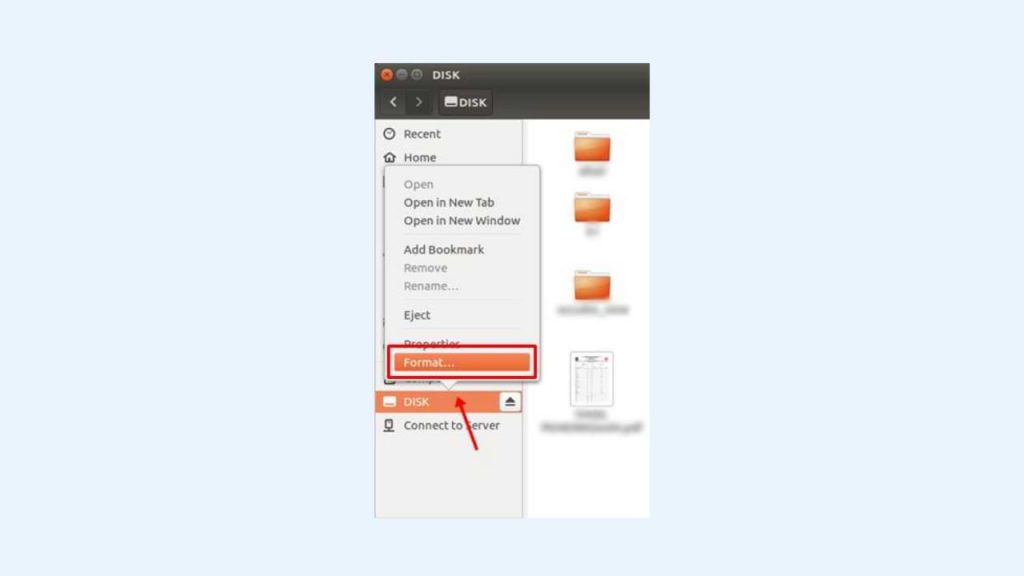
- I select ‘ Don’t overwrite existing data (Quick )’ in the Erase section. This option makes the formatting process faster.
- I choose the FAT format for Type here, but you can select another such as NTFS.
- Then, write a new name for your flash device in the Name field.
- Next, click the Format button.
4. After that, a confirmation will appear again to make sure you do the correct format of the flash. At this stage, the Type of your flash device will be displayed as indicated by the arrow in the image. The flash that I formatted is branded HP and has a capacity of 16GB. Click the Format button to start the flash format process.
5. Format your flash drive has been successful. You can check it by re-opening your flash directory and seeing that the flash drive is empty.
( II. ) Format the flash drive via Terminal.
In addition to manually, you can format the flash via the Terminal. How to? Follow these steps.
1. First, you can check the contents of your flash drive first to make sure you format it. Here, the name of my flash is My FD.
2. Open your Terminal. You can use the shortcut by pressing the keyboard’s Ctrl + Alt + T keys. Type the command:
sudo fdisk -lThe above command aims to find out the address of your flash drive. In the command, use the word sudo, where the Terminal will ask for your password input first. Enter your password; then, the Terminal will display the specifications of the device installed on your computer.
The device that is connected is the flash that we will format. You can ensure the device is your flash drive by observing its size. The example image above says 15.1 G, which means that the flash that I will format is filled with 15.1 GB. Then, remember the address. The address is listed in the Device column, wherein the image above it says /dev/sdb1.
3. Next, use the flash address we know earlier to run the umount command. This command aims to release the flash that is currently associated. You can see the related flash disk in the file explorer, wherein the flash name has an arrow button, as shown below.
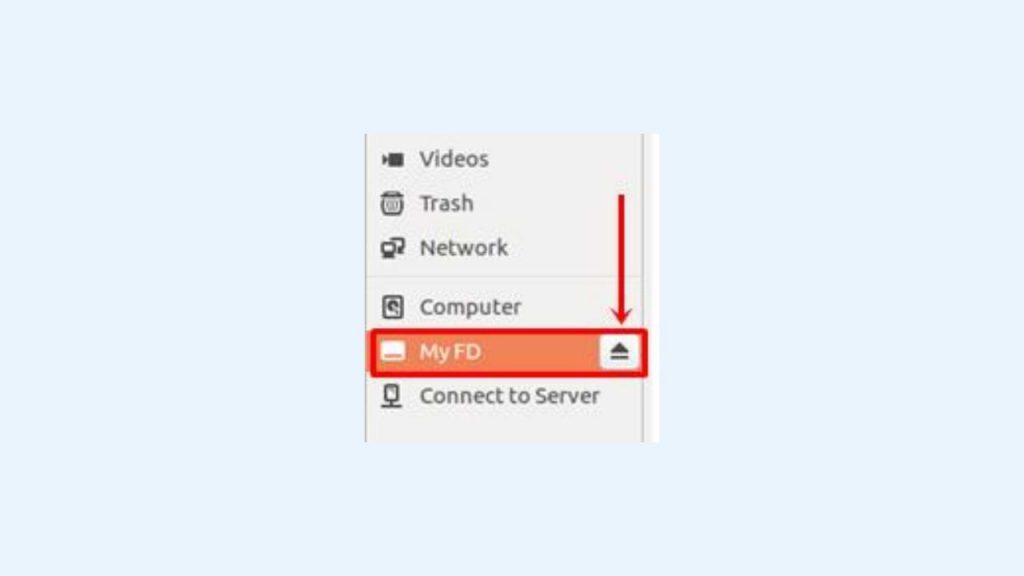
Use the command below to remove your pen drive.
sudo umount /dev/sdb14. Next, you can type a command like the one below to format the flash drive.
sudo mkfs.vfat /dev/sdb1There is the word ‘ vfat ‘ in the command where FAT states the flash format after formatting. You can replace it with NTFS, hfs, ext2, ext3, ext4, and others according to your needs.
5. Finally, your flash is successfully formatted. To check, please open your file explorer and prove your flash drive is empty.
Before formatting the flash drive, make sure there are no important files that will be deleted. Back up your precious data if you are worried about losing your files. That’s how to format the flash on Linux Ubuntu easily. Give your feedback in the comments column below. Thank you.
Linux
How to Install Microsoft Teams on Linux

For those who don’t know, Microsoft Teams is now available as a Multi-Platform application on almost all operating systems, be it Windows, Mac, Linux, Android or iOS.
Now about this, we will summarize the short steps on how to Install Microsoft Teams on Linux. As usual, here, I will use Elementary OS as my mainstay Linux OS.
Here are the short steps.
Step 1. First, please open the Microsoft Teams site.
Step 2. Please download the Installer file from Microsoft Teams; please adjust it to the Linux distro you have, DEB for Ubuntu, Debian and all their descendants, and RPM for Fedora, CentOS and all their siblings.
Step 3. After the file is downloaded, please open the file, and if your Linux already has an app installer, the steps will be easier because we click install.
But if it doesn’t exist, we can use the classic steps by using Terminal. Open Terminal > Go to Directory Download > Then type the following command:
sudo dpkg -i <namafileinstaller>Exactly as in the picture above, after typing the command, you need to enter your root password, and then the installation will run until the Microsoft Teams application is installed.
Well, please try, guys; it’s easy, isn’t it? I hope this article is useful.
Linux
GParted, Partition Management Application for Linux Operating System
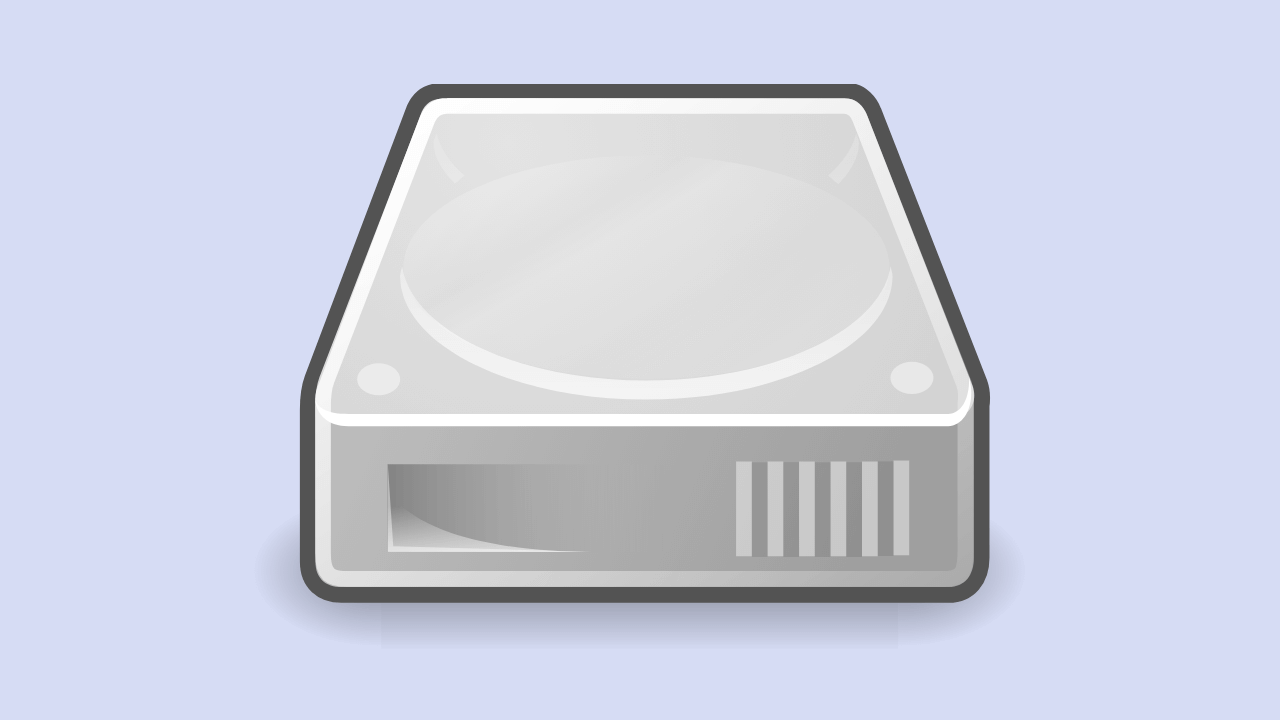
Have you ever heard of GParted? This name may still sound less familiar to your ears, especially for those who use the Windows operating system because GParted is intended for Linux users.
Although it sounds less familiar, this application is quite a lot of people who use it. One of the reasons is because GParted offers ease of operation. Even people new to using it tend not to experience complicated problems even though it is the first time they try it.
What Are the Features of GParted?
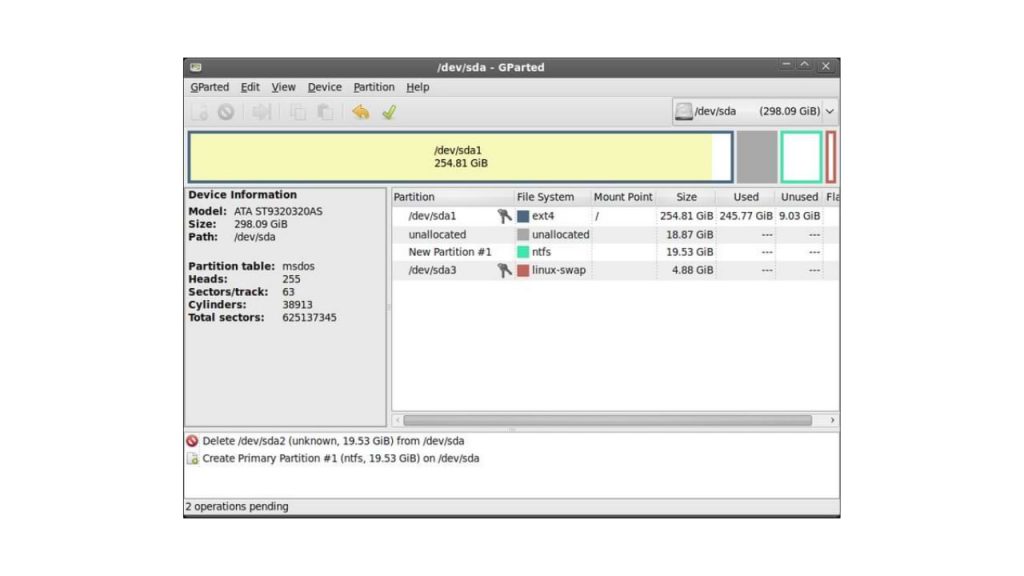
GParted is an application that can run on both x86 and x64 computers with operating systems such as Windows, Mac OS, and Linux with a minimum RAM size of 256 MB. From these specifications, we can know that this application is light because it only requires a RAM capacity of only 256 MB.
Some of the features that make GParted one we recommend include:
- Create or delete partitions
- Format partition
- Resize partition
- Mounting and unmounting partitions _
- Label
- Checking storage conditions
- Enable and disable Swap (this feature can be used on devices with Linux OS)
- New UUID
- and others
You can use all of these features according to your needs. Using the features in GParted is not too difficult because the instructions are clear. Also, because GParted is GUI, it makes the instructions easy to understand.
How to Use GParted
- As usual, you download the GParted application.
- There will be an ISO file; then, you burn the file.
- Restart the computer and make sure that the boot CD-ROM is in the first place
- GParted is ready for you to use
- You can click Resize or Move if you want to adjust the size of the hard disk.
- You drag across the partition towards the left. Don’t forget to pay attention to the words New Size to create a new size and Free Space Following, the new partition you are using.
- Then you press the Resize or Move button to start this process
- You click the new partition in the Filesystem section. Then select ext3 and label ‘/.”
- Click the Add button, then apply to begin the partition change process.
- Restart the computer and see the size of the partition on the hard drive now
- Don’t forget to backup your data first before using GParted.
For your information, several versions of the Linux operating system that can use GParted include Fedora, Ubuntu, Debian, and Open Suse. GParted stands for Gnome Partition Editor, an application with a GUI or Graphic User Interface.
This application is used for storage management, namely SSD or hard disk. Functions of GParted as found in the Partition Wizard in DLC Boot for Windows OS. At the beginning of its creation, this application was intended for Linux OS.
However, now you can download GParted and use it for Windows OS. By using this application, you can edit, resize, or create or delete partitions on the storage media on your computer or laptop.
-

 Phones5 years ago
Phones5 years agoApple iPhone 11 (2019) – Release, Info, Leaks, Rumors
-
![Huawei's New Operating System is HarmonyOS [ Officially ],harmony os,huawei new operating system, huawei harmony OS,](https://www.thedigitnews.com/wp-content/uploads/2019/08/Screenshot__2285_-removebg-preview-2-1-400x240.png)
![Huawei's New Operating System is HarmonyOS [ Officially ],harmony os,huawei new operating system, huawei harmony OS,](https://www.thedigitnews.com/wp-content/uploads/2019/08/Screenshot__2285_-removebg-preview-2-1-80x80.png) Phones5 years ago
Phones5 years agoHuawei New Operating System is HarmonyOS [ Officially ]
-

 News5 years ago
News5 years agoBelle Delphine bath water – Instagram Model Sells Used Bathwater For 30$ To Their Loyal Followers
-

 Tech5 years ago
Tech5 years agoLevi’s Bluetooth Jacket Lets You Control Your Smartphone


